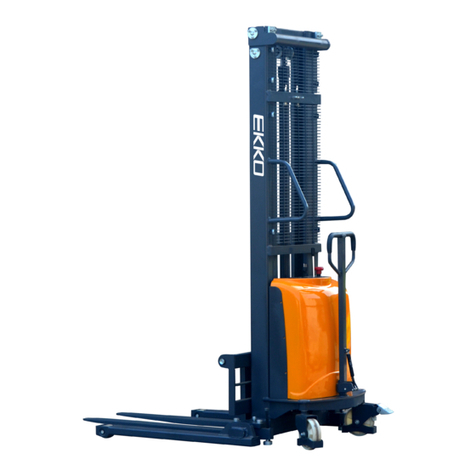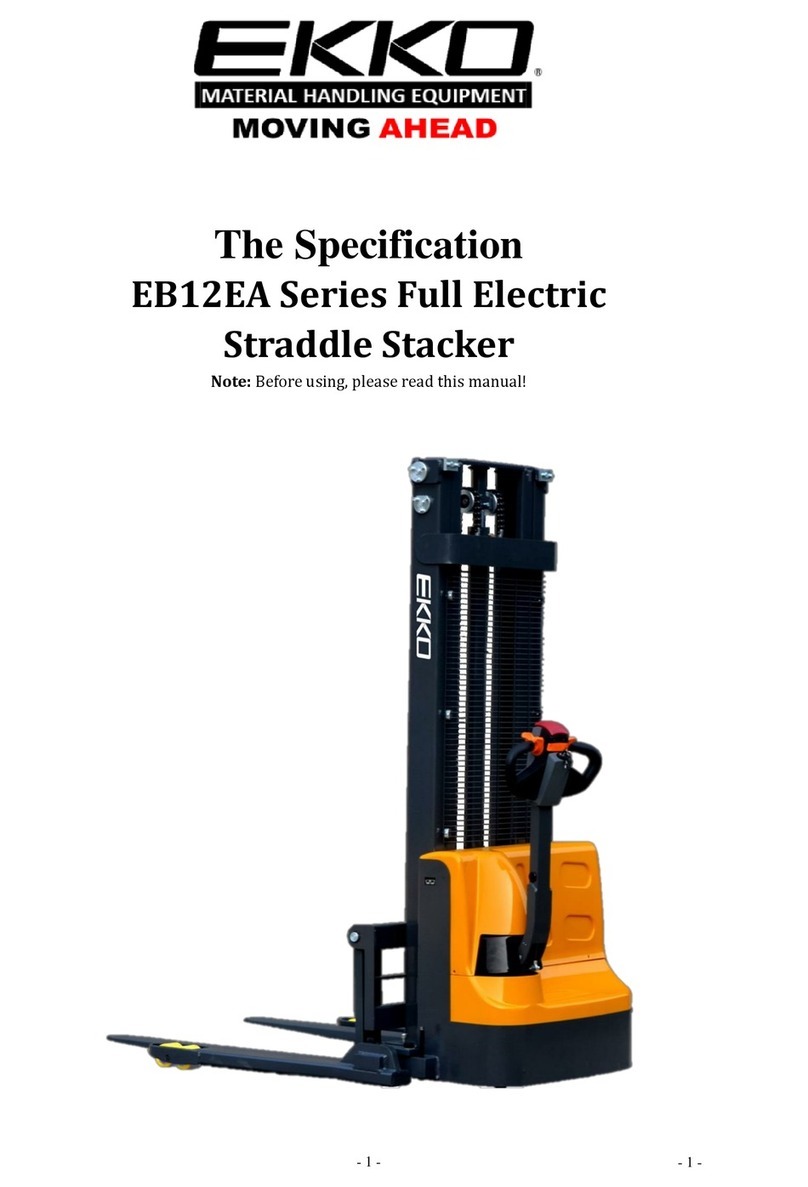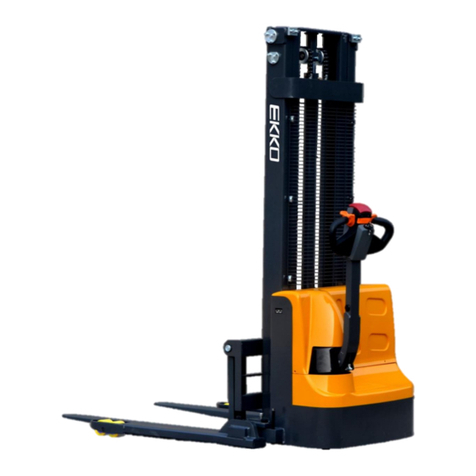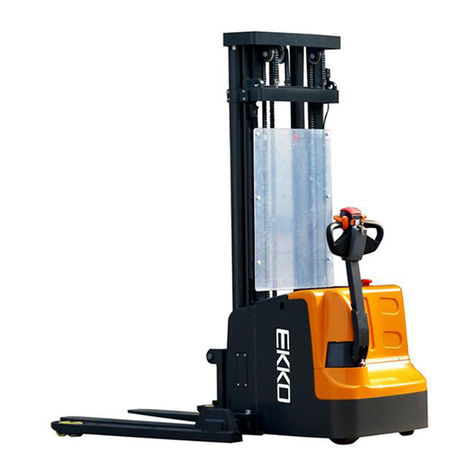5
CONTENTS
Introduction ...................................................................................................3
The Statement................................................................................................4
1.General Introduction ...............................................................................7
2、Proper use ................................................................................................8
3.Introduce of the product.........................................................................9
3.1Product overview ............................................................................................................................................9
3.2Model Parameter...........................................................................................................................................10
3.3Safety Operation and warning label description.............................................................................12
3.4Nameplate ......................................................................................................................................................12
4.Safety Caution.......................................................................................... 13
5.Test run,Transportation,Outage ....................................................... 14
5.1Test run .............................................................................................................................................................14
5.2Lifting & Transportation............................................................................................................................14
5.3Outage................................................................................................................................................................14
6.Routine Inspection................................................................................. 15
7. The Schematic diagram of Operating Mechanism...................... 16
8.Operating specification........................................................................ 16
8.1Parking ..............................................................................................................................................................16
8.2Loading capacity Graph..............................................................................................................................17
8.3Lifting up/Lowering down .......................................................................................................................17
8.4Traveling...........................................................................................................................................................18
8.5Steering .............................................................................................................................................................19
8.6Braking..............................................................................................................................................................19
8.7Brake structure &Brake Schematic.......................................................................................................20
8.8Trouble........................................................................................................................................................... 200



































